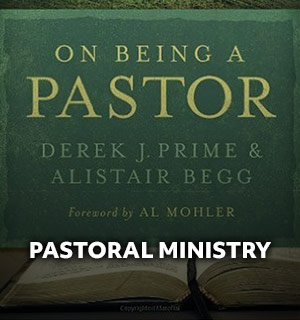NASHVILLE, Tenn. — Though most churches have a website, there is a divide between congregations that use their sites only for one-way communication and those that maximize their online presence with interactive technology.
That is the finding of a new Lifeway Research study sponsored by Axletree Media, one of Lifeway’s partners in the Digital Church initiative.
The survey of 1,003 Protestant churches found that while 78 percent have a website, less than half of those congregations use their sites for interactive purposes like obtaining and distributing prayer requests (43 percent), registering people for events and activities (39 percent) and automating more church processes (30 percent).
A majority of congregations with a website use it for one-way communication, the survey revealed. A full 91 percent provide information to potential visitors online and 79 percent provide information to the congregation. Fifty-seven percent encourage increased attendance and involvement among the congregation and 52 percent solicit interest in ministry or volunteer opportunities.
“Many churches are using their website like a Yellow Pages ad characterized by basic information and infrequent updates,” said Scott McConnell, director of Lifeway Research. “This is in sharp contrast with churches that use their website like a bustling church receptionist registering people for upcoming events, collecting prayer requests and obtaining volunteers.
“There is nothing wrong with using a church website to simply give directions to the church or state the church’s beliefs,” McConnell added. “However, we must realize that more and more people expect to be able to interact online without having to drive or make a phone call to the church.”
Larger churches are more likely than their smaller counterparts to use their websites interactively. Among churches with a website, 69 percent of churches with 500 or more in average worship attendance register people for events or activities online, but only 25 percent of churches with one to 49 attendees do the same. Fifty-two percent of congregations with 500 or more attendees seek to use their website to “allow more processes at (their) church to be automated,” compared with 15 percent of churches with one to 49 attendees.
In contrast, large and small churches are about equally as likely to use their websites to provide information to potential visitors. There is also little difference between large and small churches using their websites to provide information to their congregation.
The study also found differences in the frequency of website usage. Forty percent of churches with websites update their sites once a week and 15 percent update more than once a week. But nearly half of churches with websites (42%) update them once a month or less. That includes 7 percent that update once a year or less.
Among the factors that keep churches from providing more content and services online are limited time among church staff (46%), limited financial resources (41%), limited time among volunteers (39%) and little interest expressed by the congregation for more online content or services (35%).
Bill Nix, CEO of Axletree Media, lamented that more churches do not take advantage of online ministry resources.
“With the low cost of online technology today, any size congregation can build and maintain a helpful website,” Nix said. “Plus, updating a website has become so easy that no church needs to feel like it lacks the technological savvy to have a presence on the Internet.”
Methodology: Lifeway Research conducted a phone survey among a stratified, random sample of Protestant churches Sept. 8-20, 2010, interviewing 1,003 staff members most responsible for making decisions about the technology used in their church. Responses were weighted to reflect the natural size distribution of churches. The sample provides 95 percent confidence that the sampling error does not exceed ±3.2 percent.







